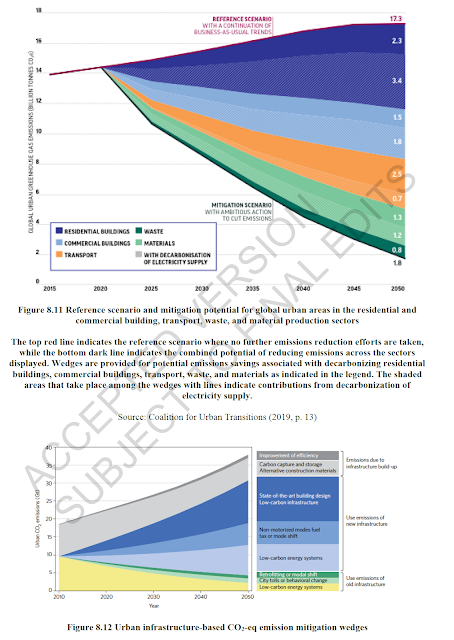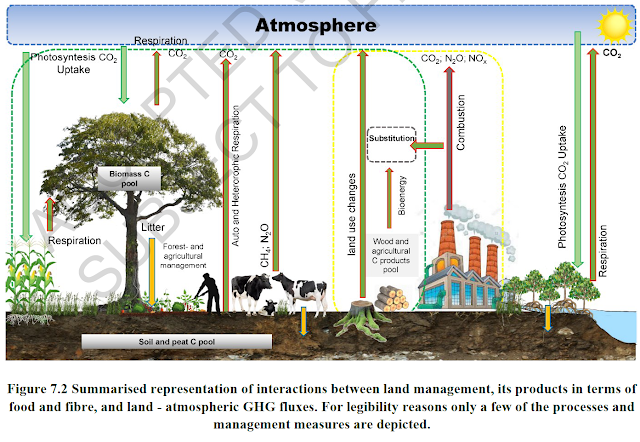In 2019 buildings accounted for 12 GtCO2eq, or 21% of the world total for greenhouse gases (GHGs), 31% of CO2 emissions alone. Of this, 57% was due to offsite generation of heat and electricity, 24% was emitted on site and 18% due to the use of concrete (which emits CO2 as it cures) and steel. In examining the role of buildings and remediating them in the climate crisis, it is worthwhile to change the focus from efficiency, or obtaining more from less, to sufficiency, or allocating available resources as equitably as possible.
Improvements in efficiency have typically still led to increases in overall consumption, especially of space. The concept of sufficiency addresses per-capita use. In the case of buildings, limiting per-capita space consumption in living quarters, work environment and recreation acts to limit the size and spread of construction, which will help to reduce the climate impact of urban areas without other technological improvements or social change.
Retrofits of more efficient equipment and materials on existing buildings will have an impact, but the largest mitigation effects are likely to be felt in the realm of sufficiency design. Buildings more crafted more ecologically and ergonomically will be smaller in both size and environmental impact. Models show potential emissions cuts by 2050 as high as 85% in Europe and North America, and from 40-80% in the developing world.
The cost for remediation and more advanced design, particularly in the developing world, is one significant impediment to achieving those maximal scenarios. Another is the varying strength of governments around the world. Particularly in developing countries, weak central governments lack the ability to set and enforce sufficiency development policies. If these barriers can be overcome, the Sufficiency, Efficiency and Renewables (SER) agenda in building construction would improve human existence in several ways. It would lower raw emissions globally, for decades at least; it would create more climate-resilient buildings worldwide, needing less repair and restoration after extreme events; and it would improve the living conditions of the people in them.
Tomorrow: transportation.
Be brave, be steadfast, and be well.





















































